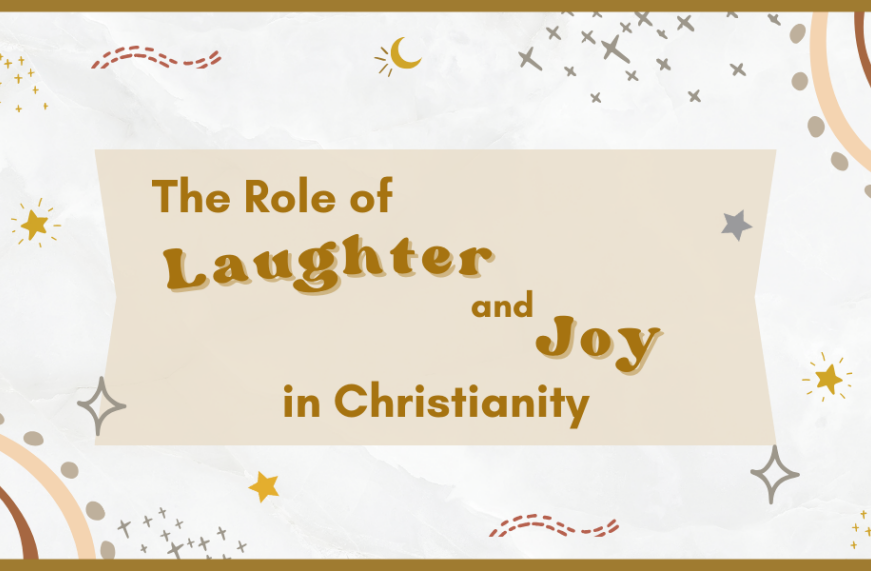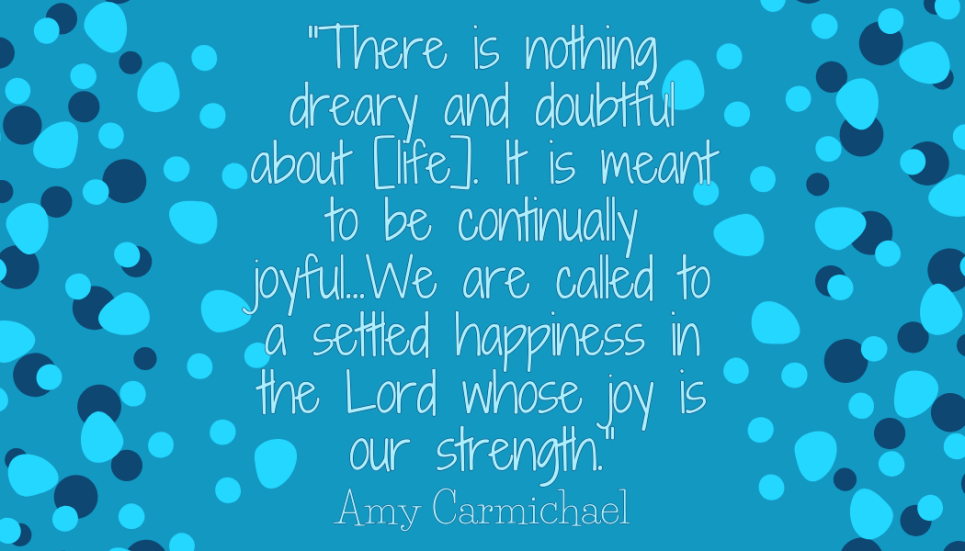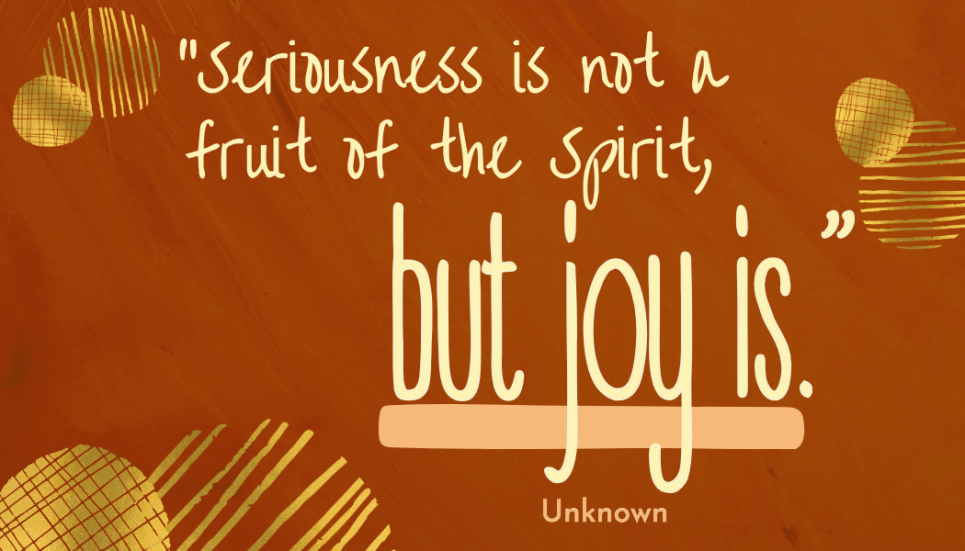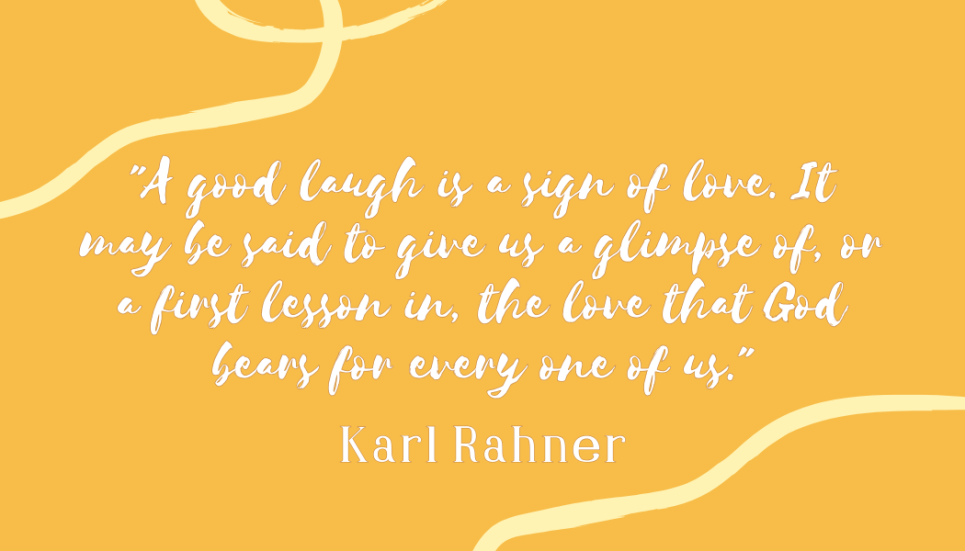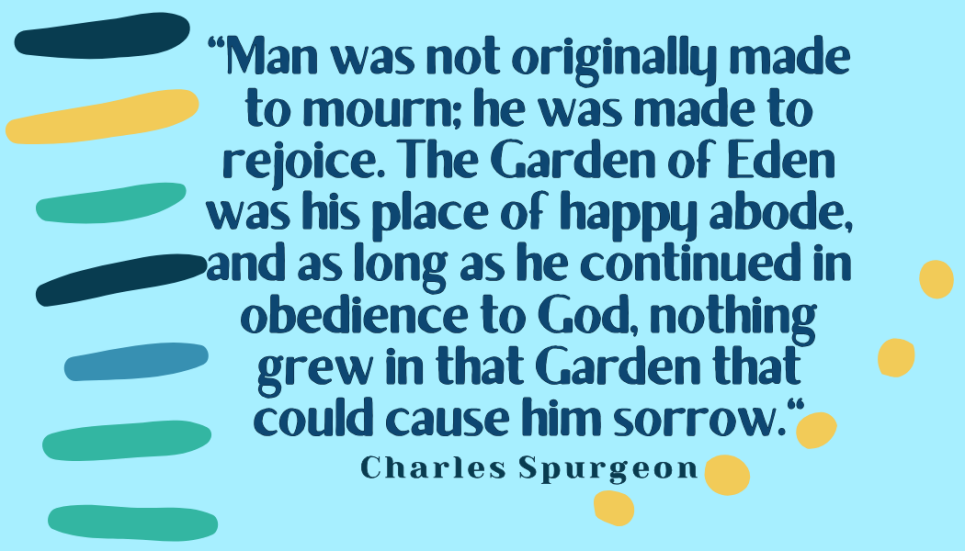Gratitude Tree Craft
As the Thanksgiving season approaches, it’s a wonderful time to pause and reflect on the blessings in our lives. But why not make gratitude a daily habit? A beautiful way to do this is by creating a “Gratitude Tree,” a visual reminder of all the things we’re thankful for each day. This simple craft encourages us to take a moment every day to acknowledge and appreciate what we have—and share that with each other.
What is a Gratitude Tree?
A Gratitude Tree is a meaningful activity for anyone. It is a versatile tool that can be modified to be used among family, friends, colleagues, or any other group. Everyone contributes a leaf each day with something they’re grateful for. Over time, the tree grows more vibrant as it fills up with everyone’s expressions of gratitude. This tree can be as big or small as you want, and the beauty of this craft is that it evolves as you find new things to be thankful for.
Why a Gratitude Tree?
A Gratitude Tree is a valuable practice that grants us the opportunity to perceive grace and grow appreciation in life while encouraging us to see God’s hand in everything.
Beyond that, it allows us to:
- Strengthen Bonds: Sharing gratitude encourages us to understand each other’s lives, challenges, and joys.
- Focus on Positivity: Even on difficult days, taking a moment to express gratitude can shift our focus to what truly matters.
- Create Lasting Memories: Each leaf on the tree represents a moment in time, a blessing from God, and a precious memory.
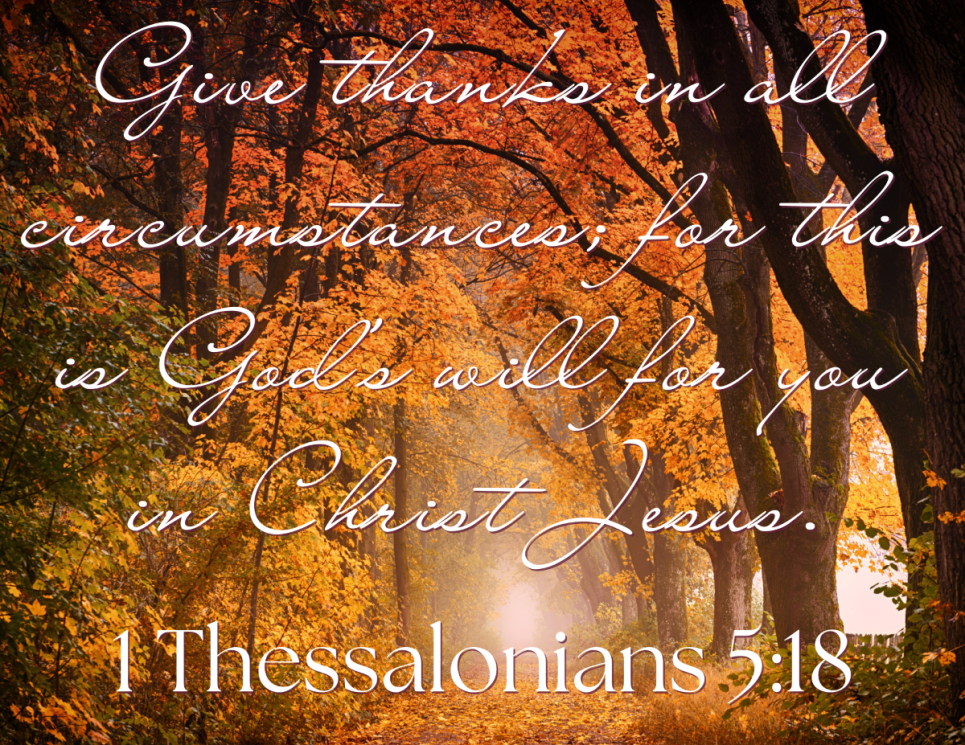
How to Create a Gratitude Tree
Materials:
- Poster board or brown kraft/packing paper
- Colored construction paper (red, orange, brown, yellow)
- Markers/colored pencils/crayons
- Tape/glue/string
- Scissors
Instructions:
First, gather all of your supplies. Then, you'll create the tree trunk. Draw a simple tree trunk with branches on a poster board, or use kraft paper to form a tree trunk and branches. Then you’ll prepare the leaves by cutting out leaf shapes from colored paper (or you can print and cut these leaves). Be sure to make plenty—you’ll want enough for each person to add one every day through the month! Now that everything is prepared, you’ll want to set aside a time each day for everyone to gather together and reflect on all of the blessings in their lives. Every day, everyone will take a leaf and write down one thing they are grateful for. Use tape or string to hang your leaves to your branches, and watch your tree grow with colorful reminders of gratitude! When the tree is finally full, take some to read each leaf together. Discuss what each note of gratitude means to you.
Bonus: By Thanksgiving, your tree will be full of blessings, making it a beautiful and fitting centerpiece for the holiday.
Wrapping Up
A Gratitude Tree is more than a craft, it instills a habit of daily gratitude. Each leaf is a memory, a blessing, a lesson, or a joyful moment that you can look back on. Keep your gratitude tree as a keepsake or make it an annual tradition. The memories captured in those leaves are priceless, and it’s a joy to look back and see the many ways God has been present in your life.
This November, let’s celebrate the blessings we have, and elevate our gratitude. What are you grateful for today?
-Torrance Community Church of Christ

